Between February 2022 and mid-July 2024, British transport aircraft conducted 676 flights to deliver military equipment to Ukraine, according to a recent National Audit Office (NAO) report.
The Royal Air Force (RAF) played a key role in these operations, flying crucial supplies to a drop-off point in Eastern Europe, from where they were handed over to the Armed Forces of Ukraine (AFU).
This effort is part of the UK’s larger military support programme, which has committed £7.8 billion in aid to Ukraine since the onset of Russia’s invasion.
The NAO report highlights the extensive logistical effort involved in providing equipment to Ukraine, including weapons, ammunition, and other essential military supplies.
These deliveries were part of a broader effort to ensure that Ukrainian forces remain well-equipped to defend against Russian aggression.
Operation Interflex, the UK’s training programme for Ukrainian troops, also played a significant role in this support effort. The programme has successfully trained over 42,000 Ukrainian soldiers by July 2024, with 89% of participants from the latest tranche of recruits stating they felt better prepared for combat after completing the training.
However, the report also noted some challenges. The use of UK training sites for Ukrainian recruits has reduced availability for British Army units, which had their training bids rejected eight times more frequently in 2023 compared to 2019. Despite this, the Ministry of Defence (MoD) is working to mitigate the impact by collaborating with international partners and using Army Reserve resources to maintain UK training capacity.
The delivery of equipment to Ukraine has not only helped increase its defence capabilities but also placed pressure on UK military stockpiles.
To address this, the MoD has invested nearly £1 billion to replenish donated equipment, with plans to spend £2.71 billion overall on replenishing and upgrading its stockpiles. This includes a £10 billion commitment to munitions production over the next decade.


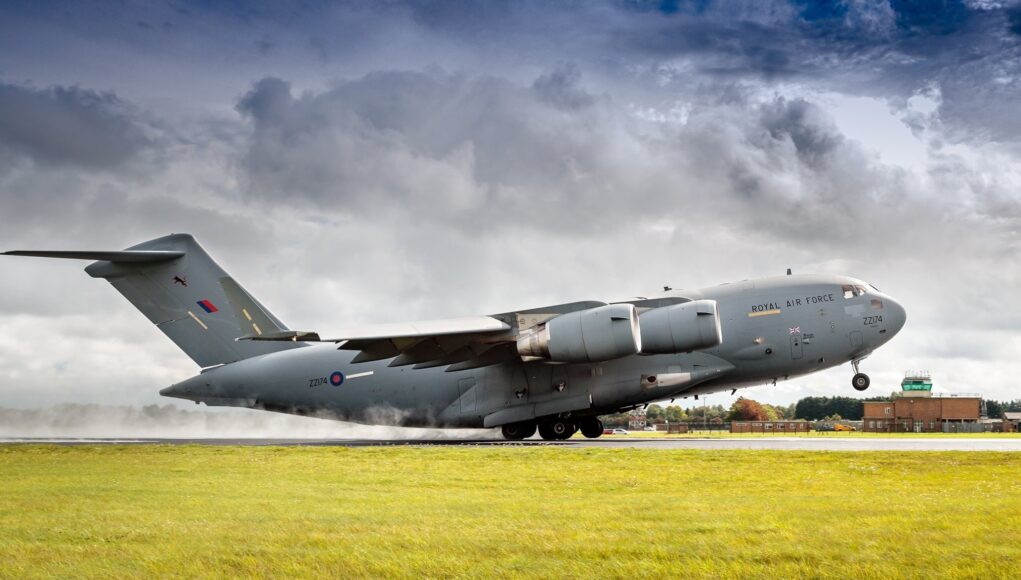

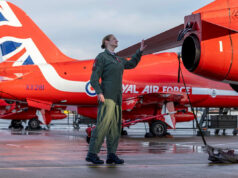
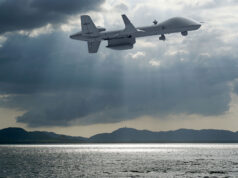

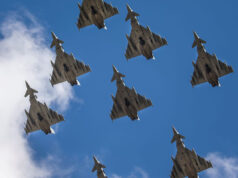

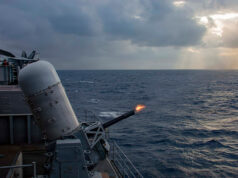
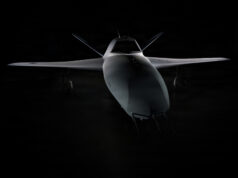
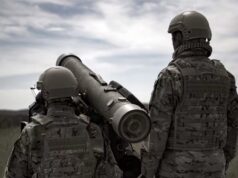
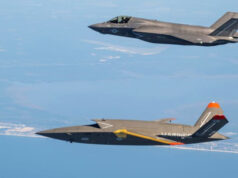

Whilst I get that some stuff is “needed now”, I suspect that quite a bit could have gone via road or rail.
I suspect many European countries would not be happy with all those munitions trundling along their busy roads.
I read the RAF C-17s may need a £ billion spent on them to upgrade/refurbish them for continued service. Boeing has hinted on new C-17 production if it gets enough firm orders.
Boeing can’t build any more. The tooling is gone. The entire factory is gone actually.
That’s putting a lot of hours on their airframes.
Problematic. As the airframe has no equal right now.
The RAF should put some of the MRT’s through the A330 freighter conversion. They are basically airliners, run them non stop as an air bridge.